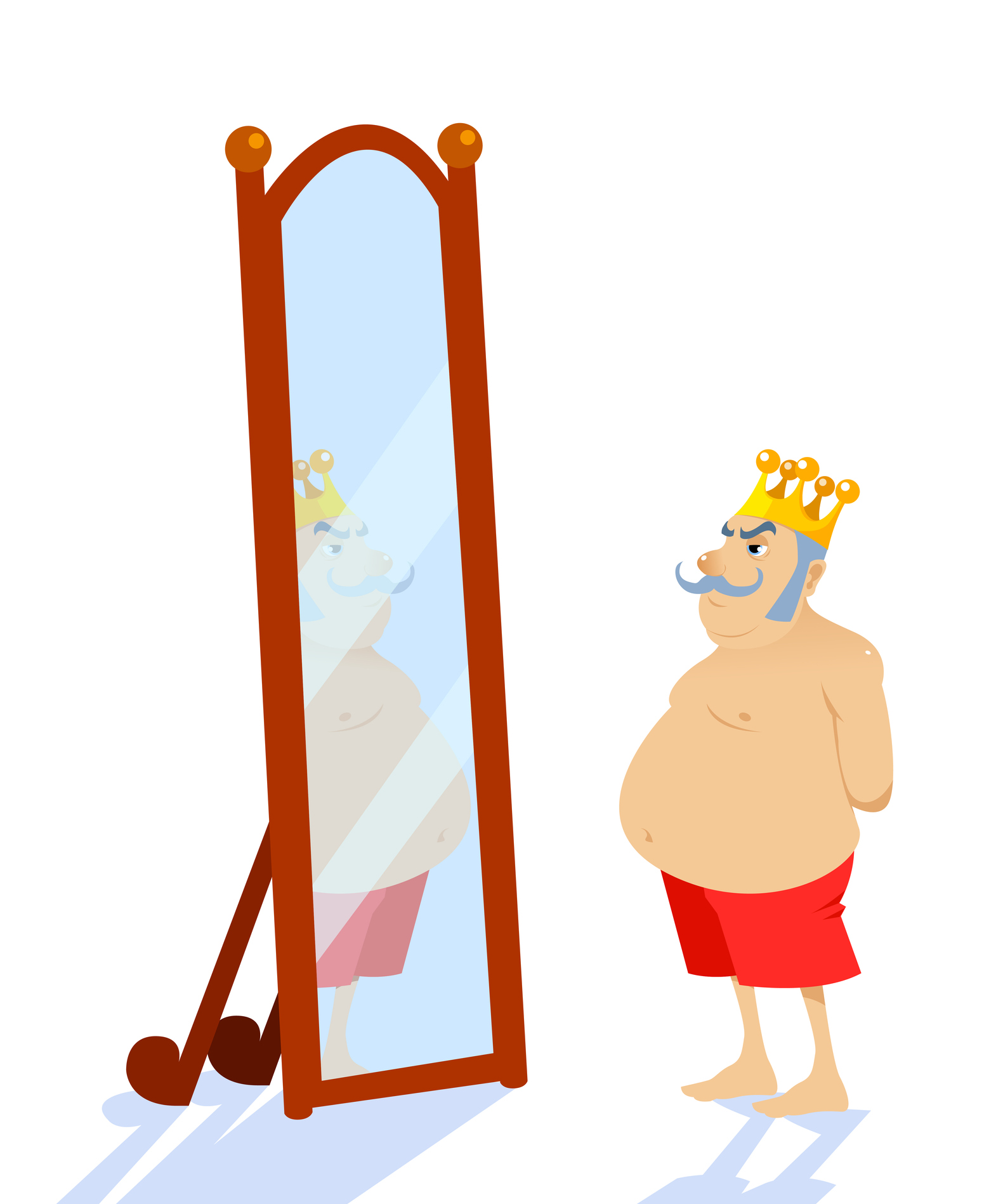
27 Mar Ready to Wear
Consider the differences between costume, wardrobe, and clothing. In the theatre, actors wear costumes. In film and television, costume designers create wardrobe. Costumes and wardrobe specifically reflect the time period, status and personal expression of the character. Civilians wear clothing. Apart from practical purposes, all of these modes of dress require thought as to the impression you want to make.
We’ve been watching the virtual speeches of Volodymyr Zelinskyy, who wears variations on a green t-shirt. His choice connects him with Ukrainian citizen-fighters and his regular guy origins. It’s a stark contrast to Vladimir Putin’s custom-tailored, expensive suits.
Look at similar wardrobe decisions by world leaders like Mao who wore a suit patterned after a cadet uniform; Fidel Castro wore green fatigues and his signature cap; and George W. Bush donned a flight suit on the aircraft carrier when he said “Mission Accomplished.” They all wanted to signify they were a “man of the people.”
On the first day of Ketanji Brown Jackson’s Supreme Court confirmation hearings, she wisely wore a bright blue jacket without pattern, signifying fidelity and communication. Underneath, she wore white, which, combined with blue, signifies a uniform or authority. Her jewelry was simple and did not distract from her face or words.
When you assemble your wardrobe, or put on a costume, be mindful of how you want to be perceived, as well as the message you want to deliver. After all, when we dress up and present to an audience, we are performing. The costume is a support system; your face and message are the stars.


No Comments